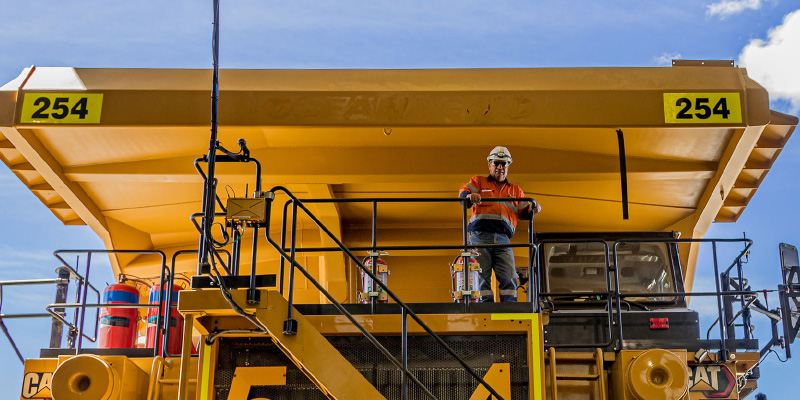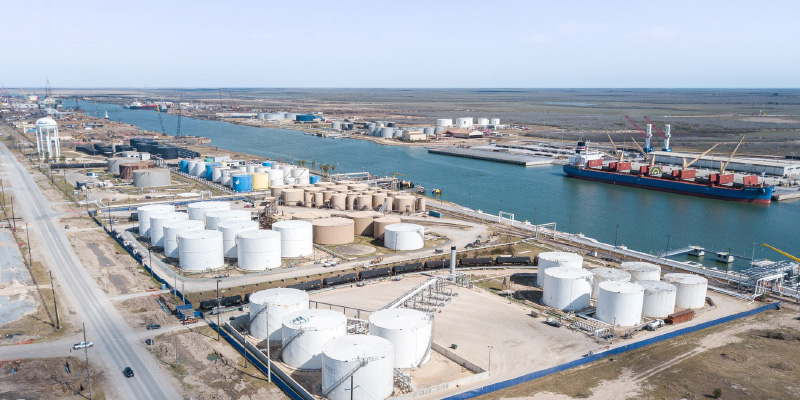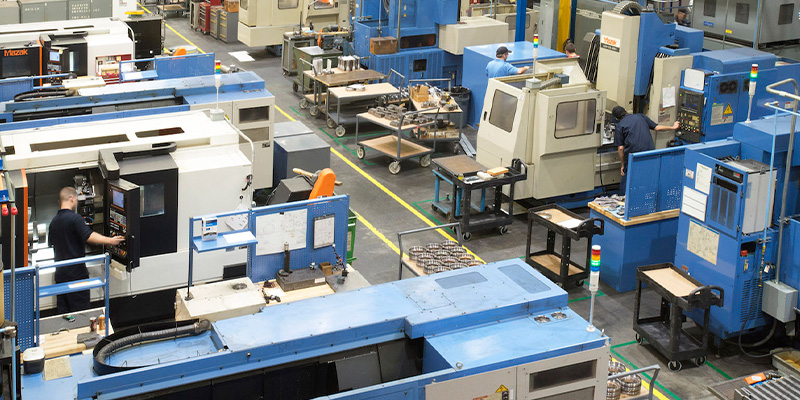Even though their parent company has been acquired, Extra Fleet Management have pledged to continue to offer their clients, partners and suppliers the same high standard of professionalism that has set them apart in their industry since 1984. Foylan Rhodes investigates.
Parent company, Eqstra Investment was acquired earlier this year by Nedbank after lengthy negotiations. The recent acquisition, which was valued at almost R1 billion (approximately $55 million), has put the business in an excellent position to expand further into the various elements of South Africa’s fleet management sector, however EFM’s reputation has already been established. So, for them, it’s business as usual.
Over the past four decades the South African fleet management company has set their own standards, which has heavily influenced their industry. The company is an industry powerhouse, purchasing over three hundred vehicles a month, managing over a thousand accident claims, negotiating over six thousand maintenance events and providing roadside assistance to twenty-four thousand monthly drivers, while actively live tracing over thirty thousand vehicles.
As managing director Murray Price said once, “Our job is to run a client’s fleet effectively so they can focus on their business, whether a fleet is large or small it is individual and the solutions we offer have all been customised to suit each customers’ unique needs.”
Dedicated to technology, Eqstra Fleet Management were one of the first businesses in South Africa to make use of comprehensive telematic solutions. This enabled them to track vehicles and provide all the functionality a client would expect from a tracking system, while the data collected could be conveniently included with all the other elements of fleet data.
This enabled them to provide customers’ fleet operations with top-tier technical expertise while also leveraging access to accredited commercial workshops and panel shops—a valuable advantage that keeps their fleet vehicles safely operational. Additionally, they oversee every aspect of tyre management, from monitoring driver behaviour and scheduling tyre rotations to ensuring each vehicle is equipped with the correct tyres.
Protection is crucial, especially in South Africa, and the company provides extensive vehicle fleet short-term insurance, backed by leading short-term insurers in the country. This service blends industry expertise with cutting-edge technology solutions, catering to policyholders seeking to reduce fleet costs.
The Acquisition
The deal, which was announced in July this year, was valued at nearly a billion rand, was not without its hurdles, and has been in discussion for several years. Nedbank Group’s acquisition of Eqstra Investment from enX had to be given the go-ahead by the Competition Tribunal, who are an organisation set up in South Africa as an independent body tasked with enforcing the Competition Act, 1998. This involves reviewing mergers and acquisitions to ensure they don’t harm competition or lead to monopolistic practices. This includes the adjudication of cases of anti-competitive conduct such as cartels and the abuse of dominance referred by the Competition Commission. They also impose penalties or remedies where violations are found. Although they operate as a quasi-judicial entity, their decisions carry legal weight and aim to promote economic efficiency, consumer welfare, and fair participation in the economy. They have become an industry compass in the country’s growing business sector. When it came to Eqstra Investment and Nedbank, the tribunal unconditionally approved the proposed merger.
The deal, first considered by Nedbank’s board in May 2023, has bolstered the financial services provider’s fleet management capabilities three years after Bidvest failed to buy Eqstra. This is as a combined Eqstra and NedFleet operation is set to provide an integrated approach to fleet management, which is aimed at providing better quality, cost and scale to their joint clients.
Simultaneously, the transaction will expand Nedbank’s product and services offering in Namibia and Eswatini, while expanding Nedbank Group’s footprint into a new jurisdiction, Botswana. Petrochemicals, equipment and logistics group enX said the deal came about because it believed keeping Eqstra under its wing might restrict the logistics company’s “growth prospects and restrict the returns able to be delivered to enX shareholders. Other factors cited for the sale were that the group might struggle to secure the capital for Eqstra to grow aggressively in the market, diversify its asset base and increase its credit risk appetite.
In July, enX confirmed to its shareholders that all suspensive conditions to the transaction had been fulfilled and the transaction was unconditional with the Takeover Regulation Panel issuing a compliance certificate.
The deal involved Nedbank buying a 50.2% stake in Eqstra at a minimum of R379m and Eqstra repurchasing all their shares held by enX also for a minimum of R379m, resulting in Nedbank and Eqstra becoming the sole shareholders.
If the subscription price stays at the minimum of R379m, then the gross proceeds of the deal, along with other costs, will be at least R890m. According to the latest audited figures for the year to end-August, the value of Eqstra’s net assets amounted to R529m, leasing assets including 11,300 vehicles amounted to R2.6bn, its loans R511m and profit R109m.
Other Deals
EnX has been trying to sell Eqstra since October 2018, after its board decided it could do no more to enhance the operations of the company it bought in 2016. Bidvest, the top 40 services and distribution group tried unsuccessfully three years ago to buy Eqstra, after initially agreeing to pay R3.1bn for the business in 2019.
It’s a happy outcome as the deal initially fell through in May 2020 after approval from the Prudential Authority failed to materialise before the deadline for the transaction.
The integration of Eqstra’s comprehensive fleet management offerings with Nedbank’s current services is expected to deliver improved quality, cost efficiency, and scalability for clients. Additionally, this move expands Nedbank’s presence into new markets, including Botswana, Namibia, and Eswatini.
This acquisition underscores Nedbank’s commitment to providing integrated and innovative fleet management solutions across the Southern African region, and Eqstra Fleet Management’s dedication to continue doing what they do best. Manage fleets.









